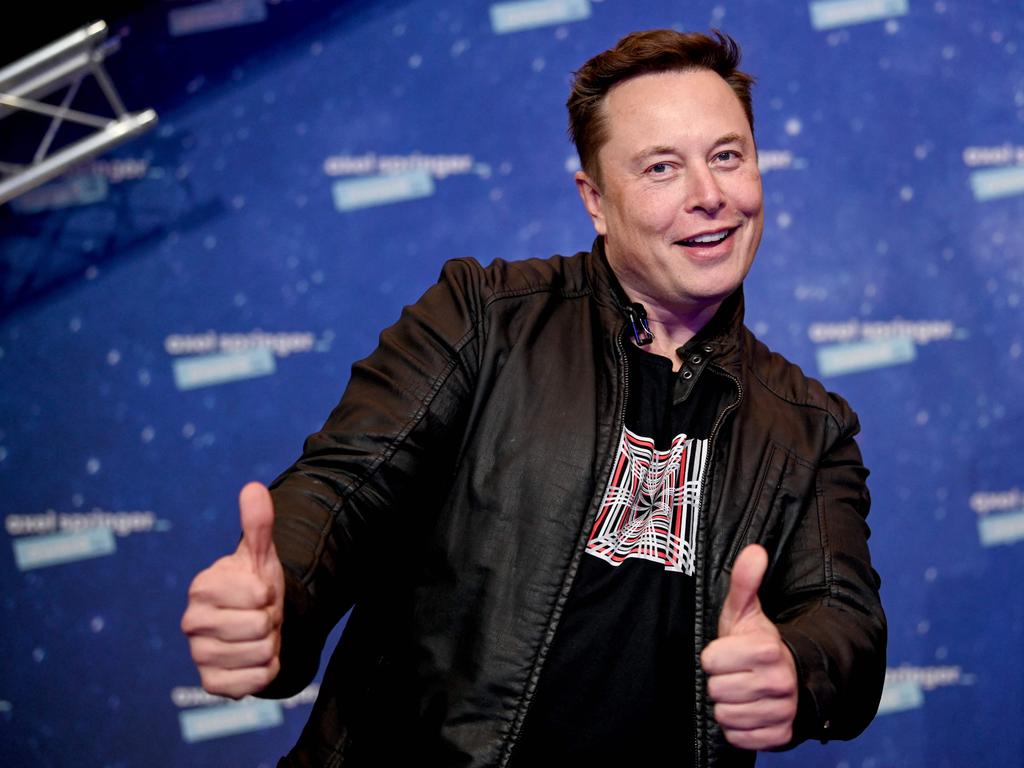Tesla’s Elon Musk has a supply warning for Australian businesses
Elon Musk has warned the global supply crunch is going to be around for some time so start planning around it.

Elon Musk, who has built Tesla into one of the world’s most sophisticated manufacturers, has a warning for Australian businesses.
The global supply crunch is going to be around for some time, so start remaking your business plans around it.
Like all global businesses, the electric carmaker has been battling a severe supply-chain crunch and, on Tesla’s earnings call on Thursday, Musk forecast there would be little respite until at least the end of this year or early 2023. This and the prospect of product delays were behind Tesla’s 11.6 per cent share price fall during a wild Wall Street session on Thursday.
Any Australian executives that are in the business of making complicated things, moving products around the country or undertaking engineering developments, should take note of Tesla’s quarterly investor briefings to get an insight into how one a hi-tech volume manufacturer is navigating external pressures.
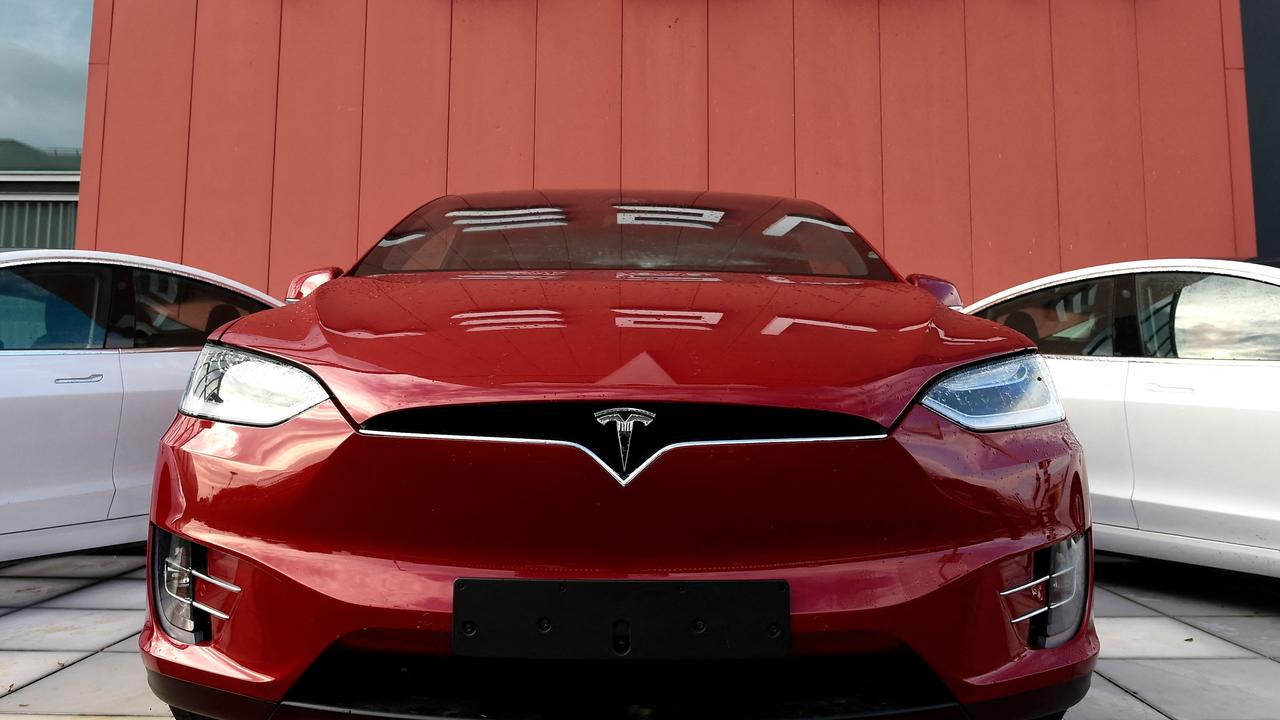
With the global car industry severely short on the microchips that are used in everything from monitoring air-conditioning to fuel consumption, Tesla last year saw this as a semi-permanent problem and started building its own chips from scratch to ensure cars could keep rolling off the production line.
It was this control – as well as moving to an “insourced” manufacturing model – that allowed the carmaker to increase output last year by almost 90 per cent as most of its rivals curbed production.
Australian companies should also take note that with a multitude of external pressures from Covid and parts shortages, Musk has opted to hit the pause button on several product launches this year, including an electric ute/SUV hybrid – dubbed Cybertruck – and a low cost model to concentrate on serving customers in its core business.
“The fundamental focus of Tesla this year is a scaling output,” Musk said. “If we were to introduce new vehicles, our total vehicle output would decrease. This is a very important point that I think people do not logically understand.
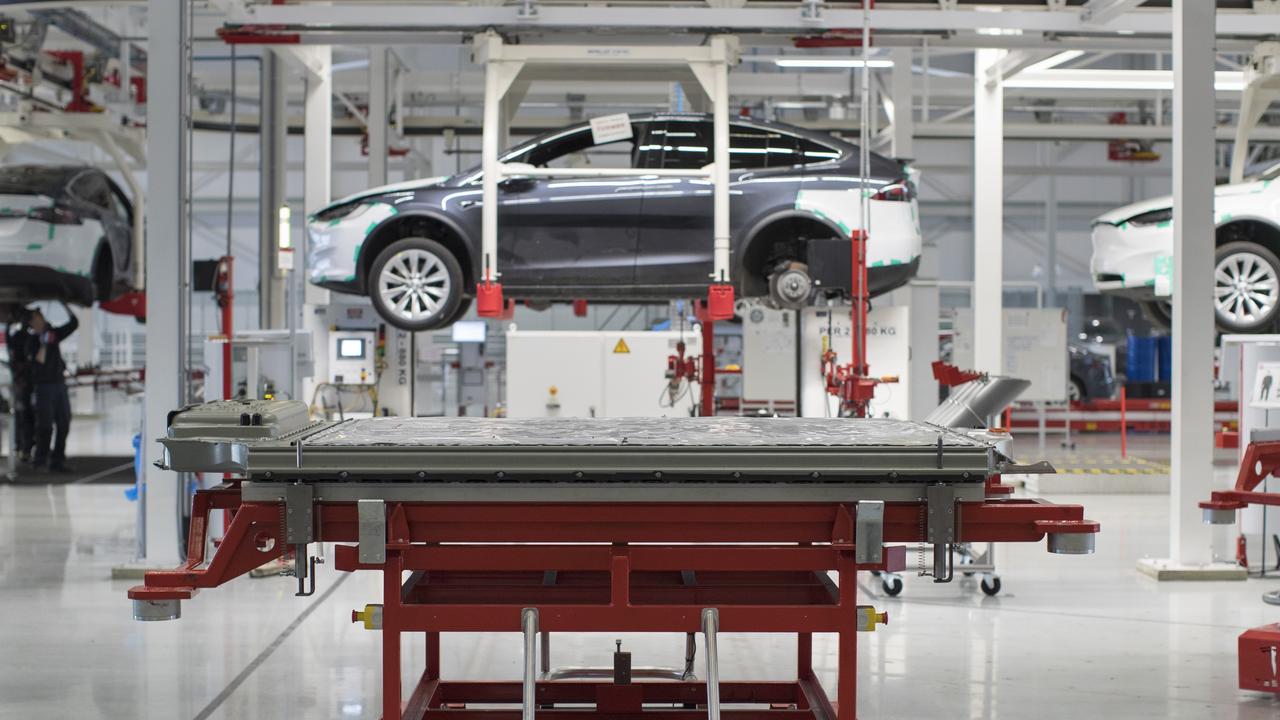
“Last year, we spent a lot of engineering and management resources solving supply-chain issues, rewriting code, changing our chips, reducing the number of chips we needed, that was ‘chip drama central’ and that was not the only supply-chain issue. So there’s just hundreds of things and as a result, we were able to grow (output) almost 90 per cent.
“If we actually introduce an additional product, that would then require a bunch of attention and resources on that increased complexity of the additional product resulting in fewer vehicles actually being delivered, and the same is true of this year.”
Musk believes that this year there will be a “lingering” supply-chain squeeze.
Australian companies are expected to put more detail around transport and machinery delays, and import problems that have been hitting their bottom line as they step up with earnings results over the next month.
Tesla navigated supply-chain challenges to report a $US5.5bn ($7.74bn) annual profit, on revenue of $US53.8bn last calendar year.
The second consecutive year of profitability and the delivery of more than 936,000 vehicles “makes us a real company at this point”, Musk quipped in response to years of start-up losses. Tesla has a market capitalisation of almost $US950bn, which is more than the next 10 global carmakers combined including Toyota, Mercedes, Ford, GM and Volkswagen.
Meanwhile, Musk has offered a semblance of hope for any business that has struggled with labour shortages.
The electric-car maker is placing a big bet on developing smart humanoid robots that Musk claims will have “the potential to be more significant than the vehicle business over time”.
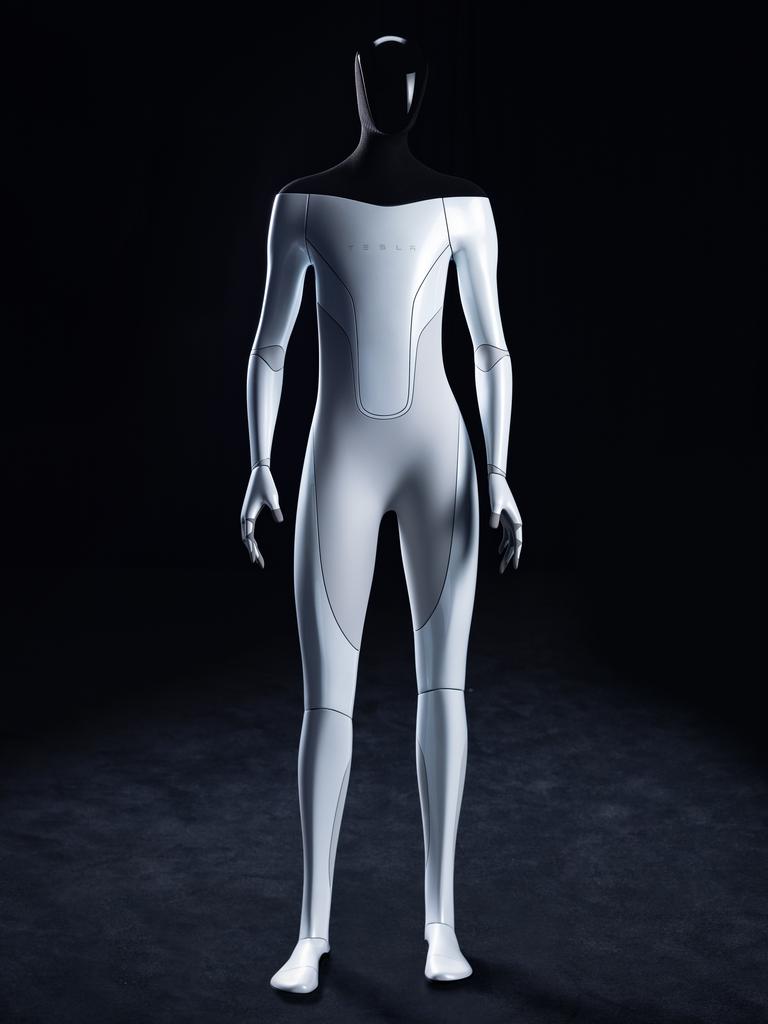
The project, dubbed Optimus, or Optimus Subprime, was a priority, Musk told investors.
The robot, unveiled in August last year, has the aim of changing the face of the workforce over time and goes to the heart of supply issues affecting the economy.
This has become a stark reality for Australian businesses – both small and big – that have seen severe worker shortages during the spread of Covid in recent months. Miners, transport and supermarkets have been severely squeezed due to worker isolation or illnesses.
Even with the robot targeted for production next year, it’s a long way before Tesla robots are working in a Coles or Woolworths distribution warehouse, but it’s one vision of a labour-constrained future, particularly for an economy such as Australia’s facing a slower population growth curve.
“If you think about the economy, the foundation of the economy is labour. Capital equipment is the skilled labour,” Musk said on Thursday. “So what happens if you don’t actually have a labour shortage? I’m not sure what kind of an economy even means at that point. That’s what Optimus is about.”
Musk plans to use the robots first in roles such as “moving parts around the factory”. He added: “If we can’t find a use for it, we should not expect that others would.”
The Fed correction
It didn’t take long, but the Australian sharemarket has entered the year well in correction territory. The ASX 200 is down 10 per cent from its August highs, while the market on Tuesday also briefly entered correction territory on a calendar-year measure.
When one of the nation’s biggest companies – CSL – is whipsawed more than 4 per cent in a single session, it shows that investors are in for a rocky ride.
Dozens of major companies hit fresh 52-week lows on Thursday amid a brutal selldown that saw the ASX 200 down 1.8 per cent. Companies hitting lows ranged from St Barbara, Eagers, Qube, NextDC, AMP, Ramsay, Transurban and Westpac. Australia’s once-high-flying tech sector has already experienced a sell-off in anticipation of higher global rates.
The prospect of a more aggressive round of interest rate increases by the US Fed is behind the readjustment, with investors shifting from growth to value stocks, with high-price tech stocks the most vulnerable to a selldown.
In a media conference earlier on Thursday, Fed chairman Jerome Powell said the central bank was ready to raise rates at its March meeting and could continue to lift them at a faster rate to tame inflation.
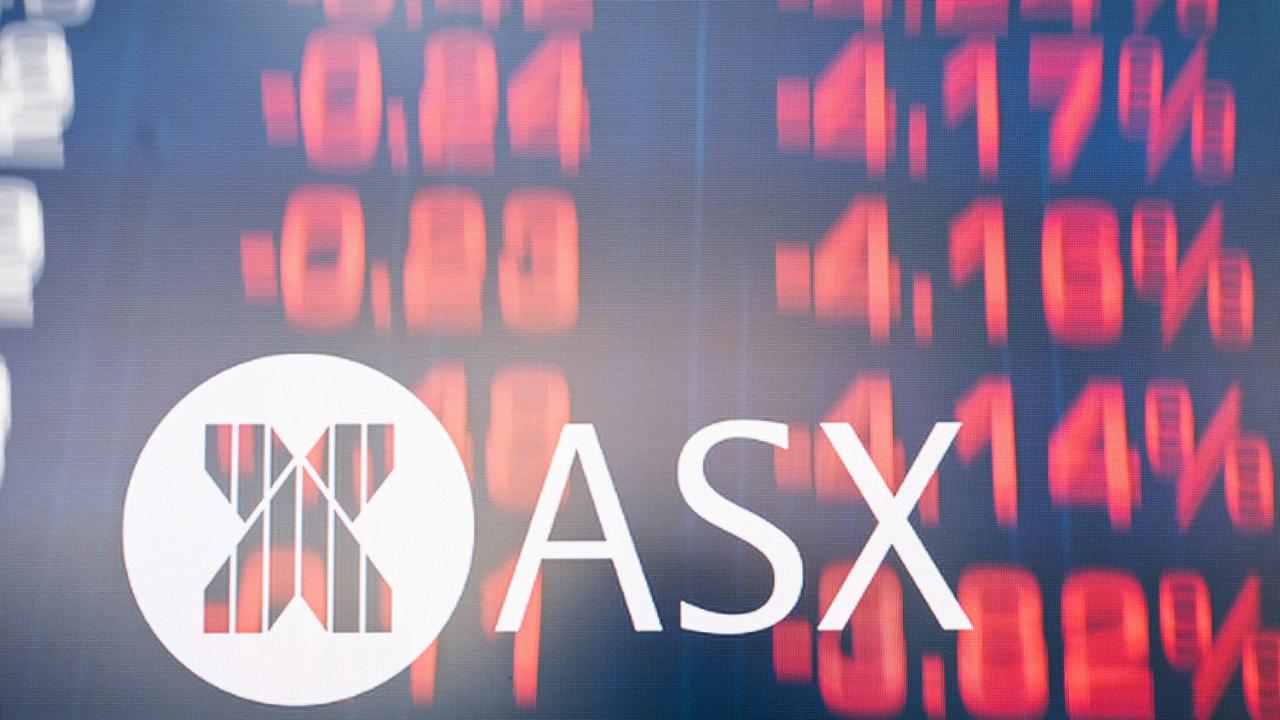
All this points to the era of the great Wall Street Covid expansion coming to an end, with stretched values set to come back to earth. The key is for Australia’s Reserve Bank to hold its nerve ahead of its inevitable tightening cycle, which economists now say should happen from August.
Higher US rates will see a rush of capital leave Australia, which will act as a defacto rate rise here. The dollar tested US70c on the prospect the US would soon be under a higher rate regime.
While inflation has surprised on the upside since September, Covid-linked supply squeezes are behind the latest inflation breakout, which should be enough to temper the RBA’s thinking.
johnstone@theaustralian.com.au
Originally published as Tesla’s Elon Musk has a supply warning for Australian businesses



